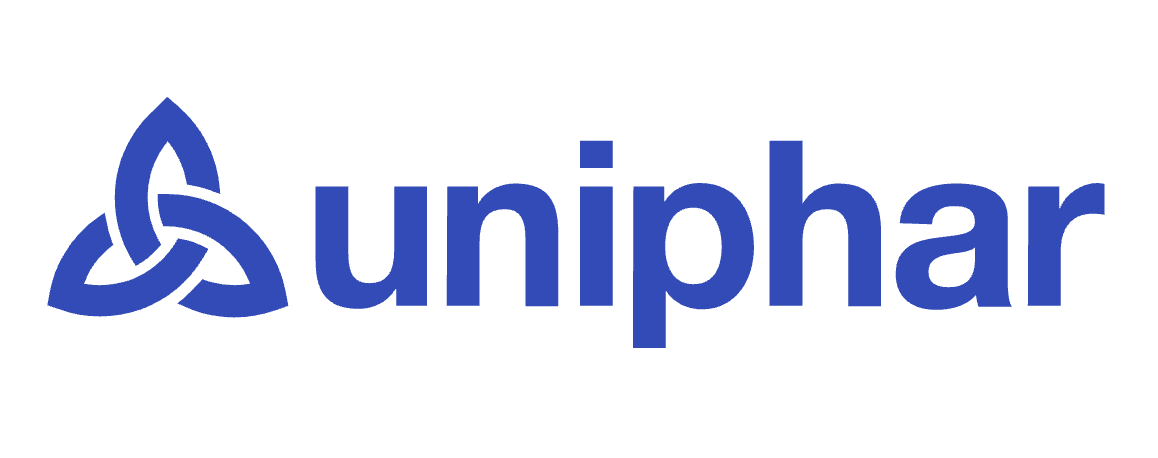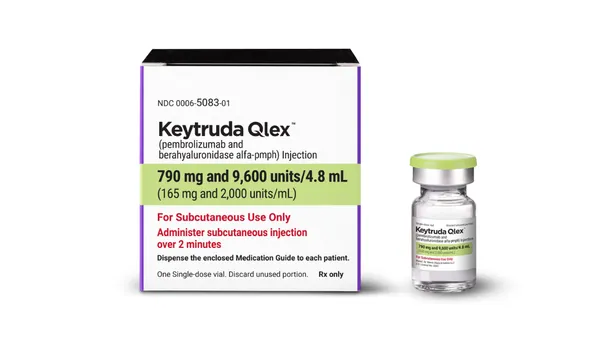the winner is … HBA 2006 Woman of the Year Susan Desmond-Hellmann, M.D., President of Product Development at Genentech, has been named the 2006 Woman of the Year by the Healthcare Businesswomen’s Association (HBA). Dr. Desmond-Hellmann is credited with possessing extraordinary leadership, unwavering E-Marketing The Top Physician and Consumer E-Health Marketing Trends of 2006 1. Search Engines Essential for Physicians and Gateway for Consumers. One of the most dramatic shifts in online behavior of consumers and physicians is the increasing reliance on search engines as a primary means of locating health information online. On a trended basis, consumers were 30% more likely to begin their online health session with a search engine than by going directly to a known Website. 2. Broadband Explosion Revolutionizes the Way Consumers and Physicians Use the Internet. For the first time, the number of consumers with a broadband connection exceeds those with a dial-up connection — a trend that has paved the way for interactive applications such as games and online video to become a mainstream part of the online experience. The increase in broadband connections — a 31% jump from the past year — also had far-reaching effects on the amount of time consumers spend online, as well as the frequency of Internet use. 3. “Alternative” Media Is No Longer Alternative. With online video, blogs, and podcasts gaining popularity at an exponential rate, information sources previously considered “alternative” are quickly becoming mainstream, with more than 61 million U.S. adults participating in one of these activities today. The number of consumers relying on these information sources is expected to experience double-digit growth in 2006, making them part of the everyday media consumption of the average consumer. 4. Prescription Product Websites Become Viable Destinations. A select group of product sites, including those for Lipitor, Allegra, Zoloft, Nexium, Wellbutrin, Ambien, and Viagra, are generating annual traffic of at least 2 million visitors. In fact, many of these high-profile products now generate several times the traffic on their Websites as in their toll-free number call centers. Product sites are emerging as robust sources for patients and physicians alike — often in response to ads seen offline. 5. Europe Untapped — Above Average Growth Potential for Engaging European Physicians. Despite the fact that the vast majority of European physicians are online for more than five hours per week, they have yet to adopt more advanced professional activities that have become common among U.S. physicians. This lagging adoption is not necessarily a function of lack of interest, but rather a lack of offerings. compassion, and with helping to lead Genentech toward the development of new therapeutics for cancer and other serious diseases, which have the potential to change the practice of medicine. Dr. Desmond-Hellmann will be honored at the 17th Annual HBA Woman of the Year luncheon on Wednesday, May 10, at the New York Hilton. Source: Manhattan Research, New York Medicare Update 44 States and D.C. Forty-four states and the District of Columbia are participating in a program designed to reimburse them for certain expenses incurred during the first weeks of the new Medicare drug benefit. The states bought medicines for their poorest residents when some of them were not listed as being enrolled in a private plan or when they couldn’t afford the copayments. Medicare will cover administrative costs, as well as any differential between how much was paid through Medicaid and how much was reimbursed by private drug plans. The six states not participating are Idaho, Indiana, Iowa, Michigan, Nebraska, and South Carolina. In the Field Roche Named No.1 Manufacturer to Sell For In the field For the third consecutive year, Selling Power magazine has named F. Hoffmann-La Roche Ltd. as the No. 1 U.S. manufacturing company to sell for, among companies with large salesforces. Selling Power surveyed top sales executives, training managers, and human resources managers regarding key data important to individuals looking to enter the sales profession. The survey focused on the areas of compensation, training, and career mobility. Roche outranked its manufacturing competitors in two of the three categories — compensation and career mobility — earning a top-ranking score of 79 of 100 points. “Our unique work culture and work-life balance programs positively impact our business and employees,” says Dick Hinson, VP, commercial operations, Roche. Dick Hinson avows a work-life balance. Source: Roche, Nutley, N.J. By The Numbers Statistics You Should Know 46% The percentage of “information seeker” physicians who cite convenience as the primary reason they do e-details, compared with 24% of “honorarium seeker” doctors. 80% The percentage of U.S. physicians who are technology optimists; 49% of U.S. consumers are technology optimists. 51% Increased use of generic drugs is the most commonly cited outcome employers use to determine the success of disease- management programs, with 51% of benefits executives using this metric. 82% The percentage of benefits executives in 2002 who expected to measure reduced medical costs for treatment in determining the success of their disease-management program; 40% actually did in 2005. 77% The percentage of consumers who were neutral or dissatisfied with chat/instant messaging for communicating with their health plan; 55% were neutral or dissatisfied with speaking with a customer-service rep. Source: Forrester Research, Cambridge, Mass. Patent update Pharma and Biotech Patents on the Decline The total number of pharmaceutical-related patents granted in 2005 decreased by 8%, while the number of applications published decreased by about 2%. In the biotech industry, while there was a slight increase in the number of applications published, the number of actual patents granted declined by more than 10%. “What’s most interesting about these patent decreases is that the overall number of patent applications is actually rising,” says Darlene Slaughter, general manager of IFI Patent Intelligence, a Wolters Kluwer business. “This leads us to believe that we’re not experiencing a real crisis of innovation but rather an enormous backlog of applications being processed.” One of the reasons for the backlog, according to an annual report issued in November 2005 by the U.S. Patent and Trademark Office (USPTO), is the increasing complexity of patent applications. The report’s message from Jon W. Dudas, under secretary of commerce for intellectual property and director of the USPTO, says: “Our office now receives many patent applications on CD-ROM, containing millions of pages of data. In short, the volume and complexity of patent applications continues to outpace current capacity to examine them. The result is a pending — and growing — application backlog of historic proportions.” While most companies are seeing a dip in patent activity, there are several notable gainers, such as The University of California, which leads the biotech category with a total of 410 patents. Other top contenders include Medtronic in the surgical and medical apparatus category and Pfizer in bio-drugs and pharmaceuticals. Source: IFI Patent Intelligence, Wilmington, Del. R&D Trends R&D investments in new medicines by PhRMA’s biotechnology and pharmaceutical research member companies reached a record $39.4 billion in 2005, up from $37 billion in 2004. The increased investment in biomedical R&D in 2005 continues 25 years of strong growth in R&D investments by America’s research-based pharmaceutical companies. When factored together, the total investments in biotechnology and pharmaceutical R&D by both PhRMA member companies and non-PhRMA members reached a record $51.3 billion in 2005. The more than $39.4 billion invested in R&D in 2005 represents a 6.5% increase compared with 2004 expenditures. In 2005, PhRMA member companies invested a record 19.2% of domestic sales in U.S. R&D. “America’s research-based biopharmaceutical companies once again lead the world in investing in the hunt for new cures and treatments,” says Billy Tauzin, PhRMA president and CEO. “It is the most research-intensive industry in America.” The steady growth of R&D investment continues to support important advances in better medicines and new treatments for patients made by research scientists and physicians. Source: PhRMA, Washington, D.C. $40 Billion Spent in 2005 on R&D: A New Record Generics, Generics, Generics According to Piribo Ltd.’s survey of its Webstats for last year, the top 10 list of subjects of interest were: India Generic Drugs and Patent Expirations Generic Drugs Pricing and Reimbursement Source: Piribo Ltd., London UpFront March 2006 Alzheimer’s Disease Clinical Trials Intellectual Property Pain Biotechnology Pharmaceutical Markets in Asia-Pacific
An article from












